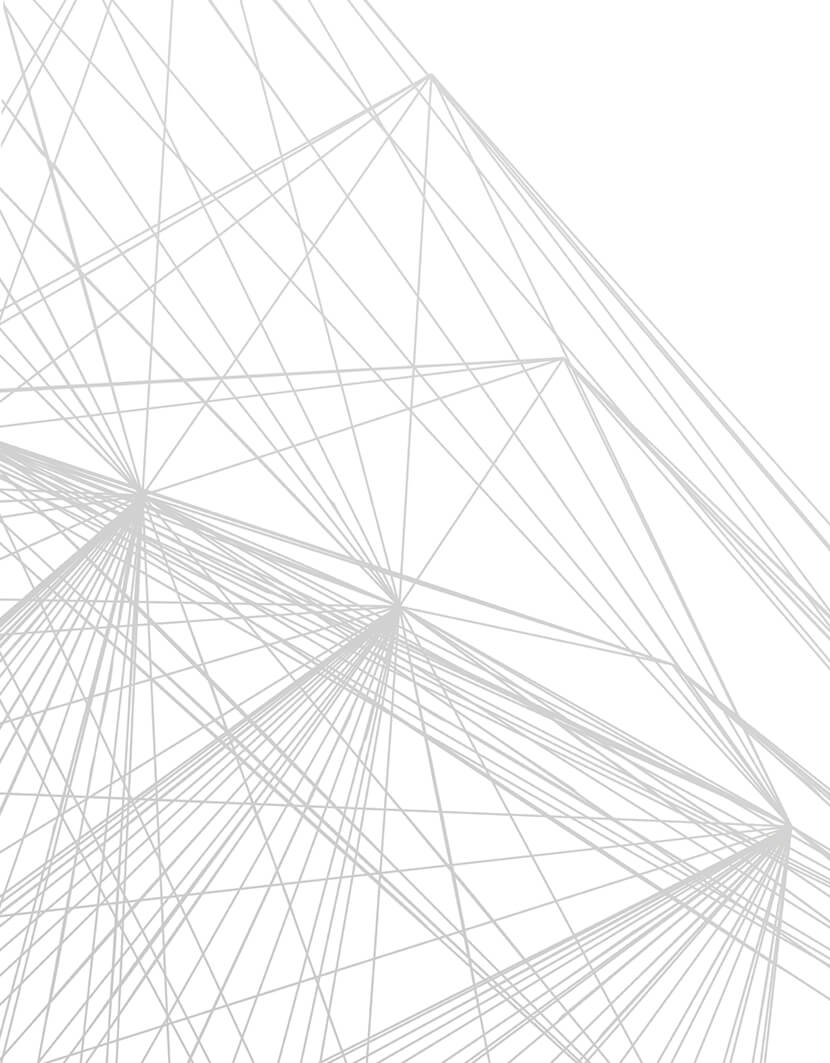Two teams from ESD now Stantec and Stantec join a total of 600 Women Build volunteers in this year’s effort by Habitat for Humanity to construct houses for Chicago women who might not otherwise be able to afford a new home. (Learn more about Habitat for Humanity Chicago’s Women Build.)
We would like to introduce Nina Townley, an intern in our Workplace Solutions group who has been working on projects such as Sikich and Hancock Tower, while pursuing her bachelor’s degree in Architectural Engineering with a specialization in Building Energy – Mechanical at Illinois Institute of Technology (IIT).
Nina is an active member of IIT’s chapter of Engineers Without Borders (EWB-IIT), a student organization which seeks to fulfill the larger organization’s mission statement of “building a better world, one community at a time” through sustainable engineering. On October 7, 2015, EWB-IIT put on their second annual fundraiser gala at their main campus in Chicago. As Gala Director, Nina lead the planning and sponsorship efforts for this event, of which all proceeds are being used by EWB-IIT to support their work in San Claudio, Nicaragua. EWB-IIT is currently working on two projects in San Claudio, of which Nina co-leads the technical teams of: the Bridge Project and the Household Latrines Project.
The San Claudio Bridge Project started in October 2012. The bridge that the team is designing for the San Claudio community, in partnership with FNE International, will allow students attending secondary school six kilometers away from the community to cross an area of the road that experiences severe flooding during the rainy season (May through December), as well as provide year-round access to medical clinics, markets, and other basic necessities. Because of the size of the river that forms over this road, EWB-IIT students have stressed a need for the community municipality to dredge a channel for the water to flow into. The students are working on translating an 80-page hydrology study in order to review it and decide what the next steps should be in the project.
Since the bridge project is taking longer than expected, in January of this year the Household Latrine Project was added to the EWB-IIT program, again in partnership with FNE International. IIT students are working on the design and calculations for the latrine project and hope to implement those in 2016.
Caption: Members of our Workplace Solutions team got playful at the EWB-IIT Gala. The “around the world” themed event featured dinner, networking among students and industry professionals, a silent auction, and live entertainment. ESD was a platinum sponsor of the event.
After the gala, we sat down with Nina to learn a little more about her work with EWB-IIT and her experiences at ESD:
How did you hear about EWB-IIT, and how long have you been involved in the organization?
During my first year at IIT, I attended the student organization fair. I joined a bunch of organizations, not knowing what I was getting myself into. I actually didn’t start going to EWB meetings until my second semester, but I got immediately excited about the organization. EWB challenges me and pushes me to be a leader. I joined the technical team of the bridge project, then became PR Chair of the Executive Board, and last year I was President of the EWB-IIT Chapter. I love the challenges of these projects, and I plan to at least push the implementation of the latrine project before I graduate.
What has been your biggest lesson learned with EWB-IIT?
My biggest lesson learned is that I can accomplish anything as a leader with the help of my team and collaboration. Throughout our EWB projects, we have hit many bumps in the road, especially on the bridge project. By being able to talk to my project team and professional mentors, I have been able to move past these obstacles and continue on with the projects. It is a very important lesson to learn for the future as an engineer who will need these collaboration skills in the field.
Have you applied anything from your internship with ESD to your work with EWB? Or vice-versa?
Yes, through my internship at ESD I have gained a large amount of Revit and AutoCAD experience. I have been able to apply these skills to my work with EWB. For example, we are going to be making models in AutoCAD for the designs we are currently working on in the latrine project.
Both EWB-IIT and ESD apply and value sustainable design practices. What does sustainable design mean to you?
To me, sustainable design means designing projects that have the ability to endure. Sustainable designs can be carried out over and over again without negative environmental effects. This holds true for EWB projects world-wide. One of the key aspects that has to be taken into account on EWB projects is the lifetime of the objects being built. Because of poor conditions in the countries we are working in, EWB-USA strives to focus on sustainable designs in order for the communities to get the most use out of the projects for the longest time possible.





